Screen language is created when audio and visuals are combined, and messages are interpreted from them by the audience. Because it is interpreted differently by each audience member, it creates layers to the story that were not present in the script, but have become evident on screen.
The type of audio and visuals picked by a director depends on the type of story being told on the screen. Therefore, to help me to better understand screen language, I have chosen to compare a film which has been adapted from an autobiography, a TV drama which although fictional contains some autobiographical elements, and a sitcom, which frequently reminds the viewers they are watching a TV show because of its sets and the performance style of the actors.
A Tale of Love and Darkness is a film based on the autobiography of Israeli author, Amos Oz. It tells the story of him growing up in the late 1940's at the time of the creation of the Jewish state, and how this affected his mother and her mental health because of how she had dreamed Israel to be.
This Is Us (2016-) is an American TV drama which shows the Pearson family as the triplets grow up and become adults, starting their own families. To do this, it is set in the present as well as the late 80s to early 90s. It was created by Dan Fogelman and is slightly autobiographical as he based the character of Kate on his own sister and her battle with weight loss. However, apart from this and signifiers that show the time period each scene is set in, the show is fictional.
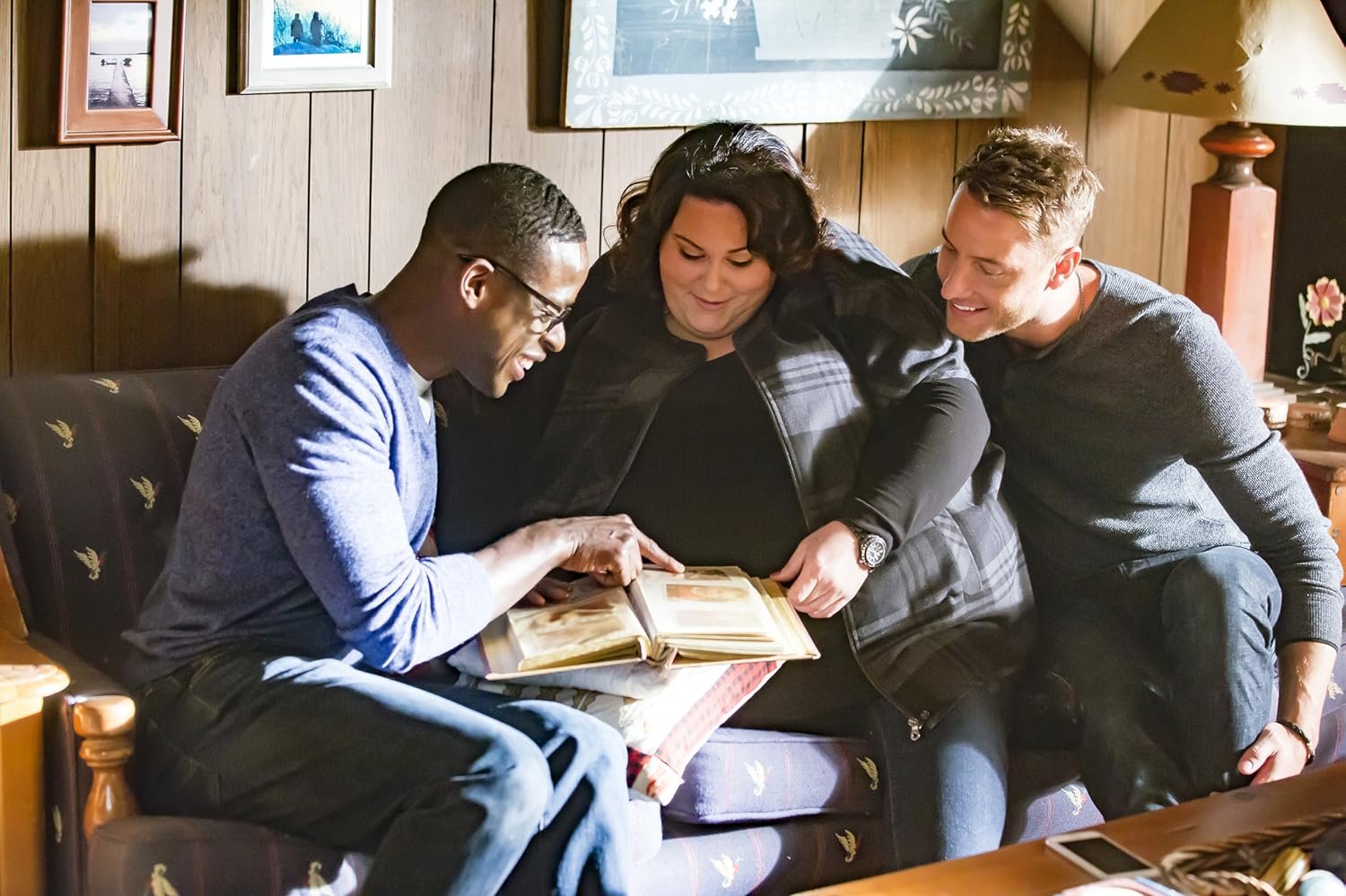
Will & Grace (1998-) is a sitcom about four friends, two of whom live together in the same apartment, Will being a gay lawyer and Grace a straight interior designer. It was created by David Kohan and Max Mutchnik. Compared to the realness of A Tale of Love and Darkness and This Is Us, it makes clear its artificiality much more. For example, the actors often break character to laugh during a scene because the jokes are so funny, but this only makes the audience laugh harder, even though it breaks the illusion of reality.
The type of audio and visuals picked by a director depends on the type of story being told on the screen. Therefore, to help me to better understand screen language, I have chosen to compare a film which has been adapted from an autobiography, a TV drama which although fictional contains some autobiographical elements, and a sitcom, which frequently reminds the viewers they are watching a TV show because of its sets and the performance style of the actors.
A Tale of Love and Darkness (2015)
Directed by Natalie Portman
Characters:
Amos
Although still a child, Amos is expected to always be well-behaved by his parents, as well as cultured and aware of the world around him, which is why he is constantly reading. This is reflected in the neat way he dresses, almost like a small academic in sweaters and shirts, always with his hair combed tidily.
Fania
Amos' mother, Fania is also always dressed neatly, reflecting her want for perfection as she has dreamed of Israel as being a land where she can escape her troubles. However, her mental deterioration is mirrored through her costume throughout the movie as she begins to wear less make-up, and less extravagant clothes. Her breaking point is when she is sitting out in the rain (shown on the poster above) which shows how her health has deteriorated as the rain washes off her make up and ruins her hair, therefore also the perfectionism she has strived to create the illusion of.
Arieh
Amos' father dresses similar to him, reflecting his want for a profession as an academic as he publishes his first book during the events of the film. It could be interpreted that he comes from an upper class background as we see his parents dressed neatly also (in the background above), which could be why he expects his wife and son to be dressed similarly.
Setting:
The film is set in Israel during the late 1940's so the locations are authentic to this as small details, such as signs in Hebrew and propaganda posters can be seen. The main locations are those of the family's basement apartment, which is filled with so many books the small amount of light that tries to get in is blocked out, as well as the streets and field around it. Books are important to the narrative as Amos' mother, Fania, always tells him stories which show how she feels, so the locations in these parts of the film are isolated signalling that she feels she would be alone without Amos.
The apartment is already cramped, but when the fighting becomes bad, the family's neighbours take shelter with them in their basement apartment. Partitions are set up between them and their neighbours to give each family their own living space, but this highlights how alone Fania is when the war invades, as she cries with only Amos there to comfort her. It shows the tone of the film is serious but hopeful, as although Fania is surrounded by war even in her own home, Amos is there to help her.
Staging:
The way the camera is positioned relative to the actors creates emotion as, for example, Fania without Amos becomes distant from the audience and therefore mysterious, as he wonders as an old man where she used to go every day. Like him, we never find out as she disappears from the frame above and doesn't reappear in this scene. Amos acts as the character whose emotions and motives we are most sure of, as he is often framed close up when he reacts to situations, or we see things from his point of view. However, there are also scenes, such as the one with Amos standing in the field above, where we observe the scene from a detached viewpoint, which causes the audience to think about what they have witnessed and formulate their own opinion on the events taking place.
Lighting:
During scenes of Fania as a child (pictured above), the light is bright and mainly blue. Blue is calming and symbolises heaven, which stands for peace, stability, and hope. This shows to the audience that Fania once had a stable mind, and a bright future before war invaded Europe, but even then she still dreamed of finding paradise, which is the expectation she has placed in Israel.
At the end of the film when she dies, a similar blue light passes over her and briefly illuminates the dark room, symbolising she has finally found the paradise she was looking for in Israel and is now at peace.
There is also a contrast between light and dark throughout the film. Above is a dream Fania has where she stands on the edge of a cliff. This foreshadows her taking her own life but does not happen in this scene as expected. The white light symbolises the cleanliness and perfection she constantly searches for, which in the end is overtaken by the darkness in a later dream of hers, pictured below. This is the last dream she has before she dies, the black symbolising her impending death. However, her umbrella still has white spots, showing the light is still present, and that she still has hope that she might find heaven.
Editing:
The editing is continuous and fades in and out of scenes are used so the audience has time to reflect on the events they have seen or narration can be provided by an older version of Amos. This creates a realistic feel as when the characters go to sleep, the scene fades out and then fades back in the next day, as if the audience has also been sleeping. The audience are also eased into Fania's dreams this way so they are differentiated from the real events taking place in the narrative.
Sound/Music/Detail:
The sounds of bullets in the film show how close the fighting gets to the family and is often unexpected for the audience, as it is for the characters. Tension is caused by not only this but also by the film's score, which plays in the scene pictured above as they walk rapidly down the street as many of the notes at the beginning are dragged out, but eventually the piece becomes faster and faster, and therefore more urgent. However, at the end it stops abruptly without coming to a conclusion, foreshadowing his mother's death at a young age which Amos explains at the beginning will happen by the end of the film.
This Is Us (2016-)
Characters:
Rebecca and Jack Pearson
As they are in the late 80s/ early 90s, Jack and Rebecca's clothes and hair signify this is the time period they are in to the audience as they are outdated compared to today's fashions. These can affect the audience by reminding them of their own experiences in this time period, helping them identify with the fictional characters.
However, as Rebecca has survived to the present day, make up and wigs are used to age the actress as well as more up to date clothes so it is clear to the audience which time period the scene has jumped to without using subtitles that specify. These are more formal than Rebecca's clothes from the 90s as she is older and the style nowadays tends to feature less bright colours, such as navy and white.

Kate, Kevin, and Randall Pearson
The Pearson triplets also dress in more muted colours now they are older, but each of their outfits also represents their professions and personalities. Randall is usually dressed formally in a shirt, sweater, or even suit, showing he has a high end office job and strives for perfection in everything he does. Kevin dresses casually mostly in jeans and a t-shirt as he is an actor so dresses indistinctly as he changes often into different characters, but also he feels lost as he does not have issues like his siblings do. Kate also dresses casually, but when she is working as a singer she wears dresses that are brightly coloured so she stands out in the crowd, showing her light hearted and humorous personality.
Setting:
Different from A Tale of Love and Darkness as it is a TV show so needs recurring locations that are familiar to the audience, the series is mainly set in the Pearson's old house in the past (pictured above), and Randall and Kate's houses in the present. These houses show the character's statuses as Randall's new house is much bigger than the Pearson's old house and has a fancy car parked outside, hinting at his job, whereas Kate's is smaller than both of these as she lives alone. Because TV is in a domestic setting unlike cinema, audiences can relate to the Pearsons as they sit in their living rooms, watching the Pearsons sit in their living room, as if the show mirrors daily life. This is evident in the story lines covered, such as dealing with loss, new relationships, ethnicity, the reality of dreams, and growing up.
Staging:
Although the framing mainly focuses on the characters, framing them close up during emotional scenes and using selective focus to blur out the background, the camera is positioned to show the viewpoint of an observer that is in the middle of the action, but is not involved. This helps the audience to take into account all the character's emotions and reactions, whilst thinking about them, therefore creating their own opinions on which characters they like or dislike. It also means that the episode or a scene can be clearly focused on a particular character, such as the scene in the video above (from episode 2x11, directed by Chris Koch), which is focused mainly on Kevin. This can be seen as he rarely leaves the frame, still visible in selected focus even during close ups of the other characters, however, this is only until Rebecca becomes emotional in the last few minutes of the scene, so focus switches to capture her reaction to Kevin.
Lighting:
Soft lighting is used to create a natural look, as the show mirrors reality. Therefore, light sources such as lamps can be seen as well as shadows, such as on Rebecca's face in the shot above. This is much less stylised than in films such as A Tale of Love and Darkness because of the want for realism.
Editing:
The editing is continuous and motivated by the movements of the characters, so there are usually cuts on the action, and reaction shots.
Sound/Music/Detail:
Because of the size of TV screens being smaller than that of the cinema, there are not many small details. However, some do appear which remind the audience of past events in the character's lives such as Rebecca's necklace which was given to her by Jack which she still wears in the present timeline even after he has died. The music used is also mainly songs by popular artists such as Paul Simon and Cat Stevens, although they are light hearted and slow using acoustic instruments to highlight the fragile and vulnerable emotional moments, and allowing the audience to slow down and reflect on events. Because the songs could be well known to the audience, it could also cause them to reflect about events in their own lives, not just in the fictional world of the show, further providing a connection.
Will & Grace (1998-)
Characters:
Grace Adler
The bright colours and patterns Grace often wears reflect her creative job as an interior designer, but also her slightly neurotic personality, as she can be overly emotional creating complicated situations, and therefore arguments, between herself and the other characters.
Will Truman
Will is mostly seen wearing a suit, showing he has a good career as a lawyer, but also that he is a perfectionist and likes things to be done his way. He is calmer than Grace, and often supports her so his clothes are plainer and darker in colour to reflect his more muted personality.
Jack McFarland
As Jack has quite a flamboyant personality shown through his flashy actions, his clothes are mainly patterned and much more colourful than Will's. He also doesn't usually wear a tie, so it could be implied he is less serious than Will which is backed up by the fact he wishes to have a less serious career as a comedic actor.
Karen Walker
Reflecting her narcissistic personality, Karen dresses as if she is of a higher class to the other characters, solely because she married a man with money. Therefore, she wears more jewellery than Grace and dresses in darker colours, mainly black or grey mirroring her negativity as she often judges the other characters.
Setting:
The amount of locations used in the show is limited mainly to Will's apartment and occasionally Will's office and Grace's interior design company. This is because they are built on sound stages so a live audience may be present whilst filming takes place. The show's artificiality is therefore highlighted as the real world is not seen, not even through the windows, so the sets are very enclosed. However, this represents Will and Grace's mindsets as they are both stubborn and set in their ways, even though these are contrasting causing them to argue often.
Staging:
Because the show is of the sitcom genre, the framing does not highlight the character's emotions, as the audience are not expected to focus on them, but rather are expected to laugh about the jokes being told or shown. Therefore, there are no extreme close ups, and the audience watch from a very detached viewpoint at all times. This is different from the emotional framing of A Tale of Love and Darkness and This Is Us because the storylines do not center on the character's emotions and reactions, but instead the situations they get themselves into. A multi camera set up of three cameras is used to capture these situations, so the actors performances are however much rawer, but less intense.
Lighting:
Hard lighting is used throughout the series, which illuminates both the background and the actors, bringing them both into focus. By eliminating shadows this creates a light feel to the show, which matches the humour, so it is not heavy or serious, aiming only to make the audience laugh.
Editing:
The editing follows the classic Hollywood style of continuity, cutting together shots from the multiple camera, as the events are supposed to feel as if they are 'live' so the audience are watching them unfold like they were the audience sitting in the studio or in a theatre. This is because the genre of sitcom directly evolved from the theatre, so many of the actors involved also star in theatre productions, such as the actress who plays Grace (Debra Messing), being involved in many off-broadway and broadway productions, some before the show had begun airing.
Sound/Music/Detail:
The feeling of watching as if the events were 'live' is also created by the canned laughter, which is usually provided by a live audience who watch the scenes as they are filmed in the studio. However, the show's artificiality is also highlighted because of how the actors sometimes break character to laugh with the audience, but this makes the connection between the fictional characters and audience stronger as shows they both share common interests and find the same things funny. The actors also use performance as they often gesture dramatically and pull over exaggerated facial expressions, adding to the comic value.

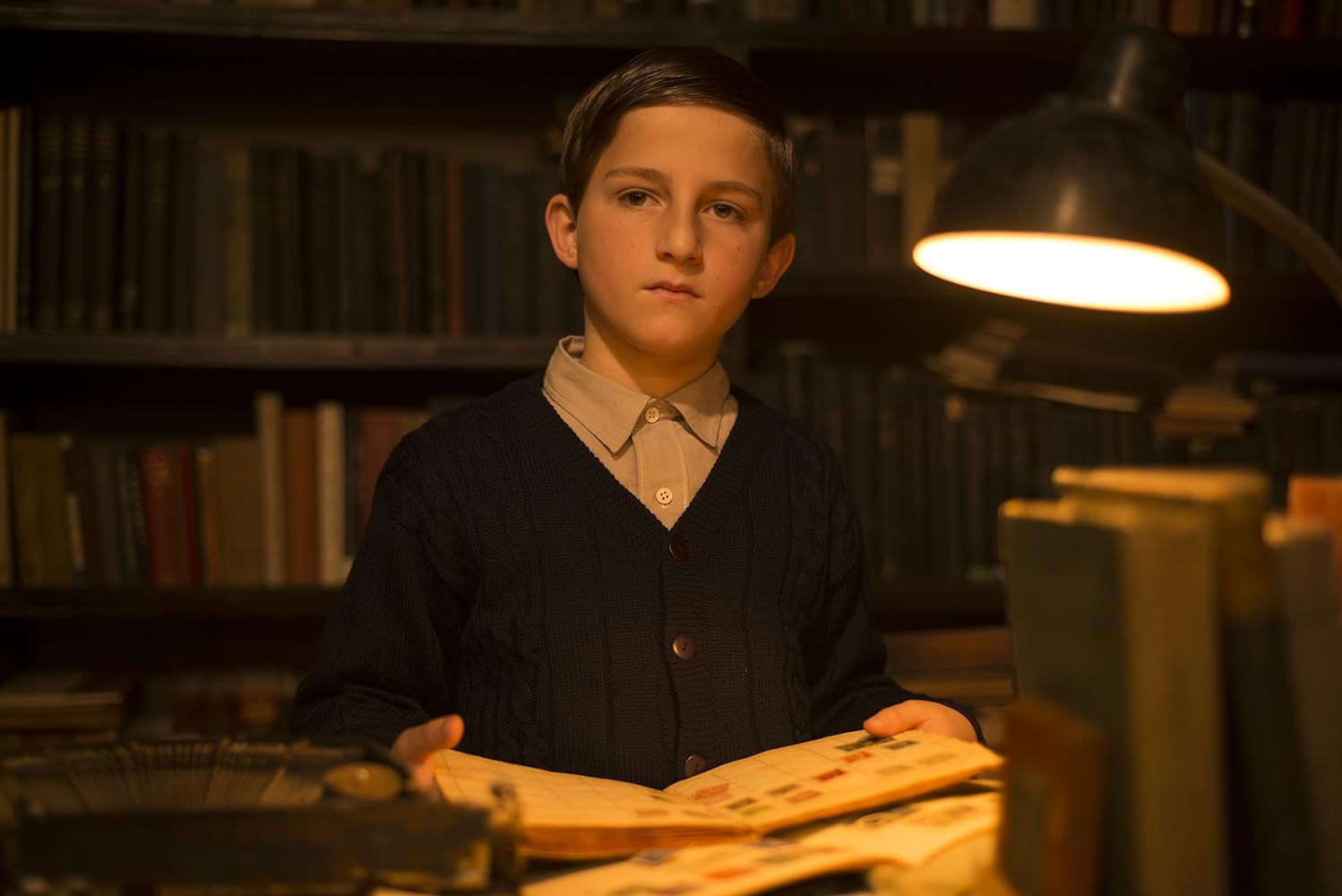
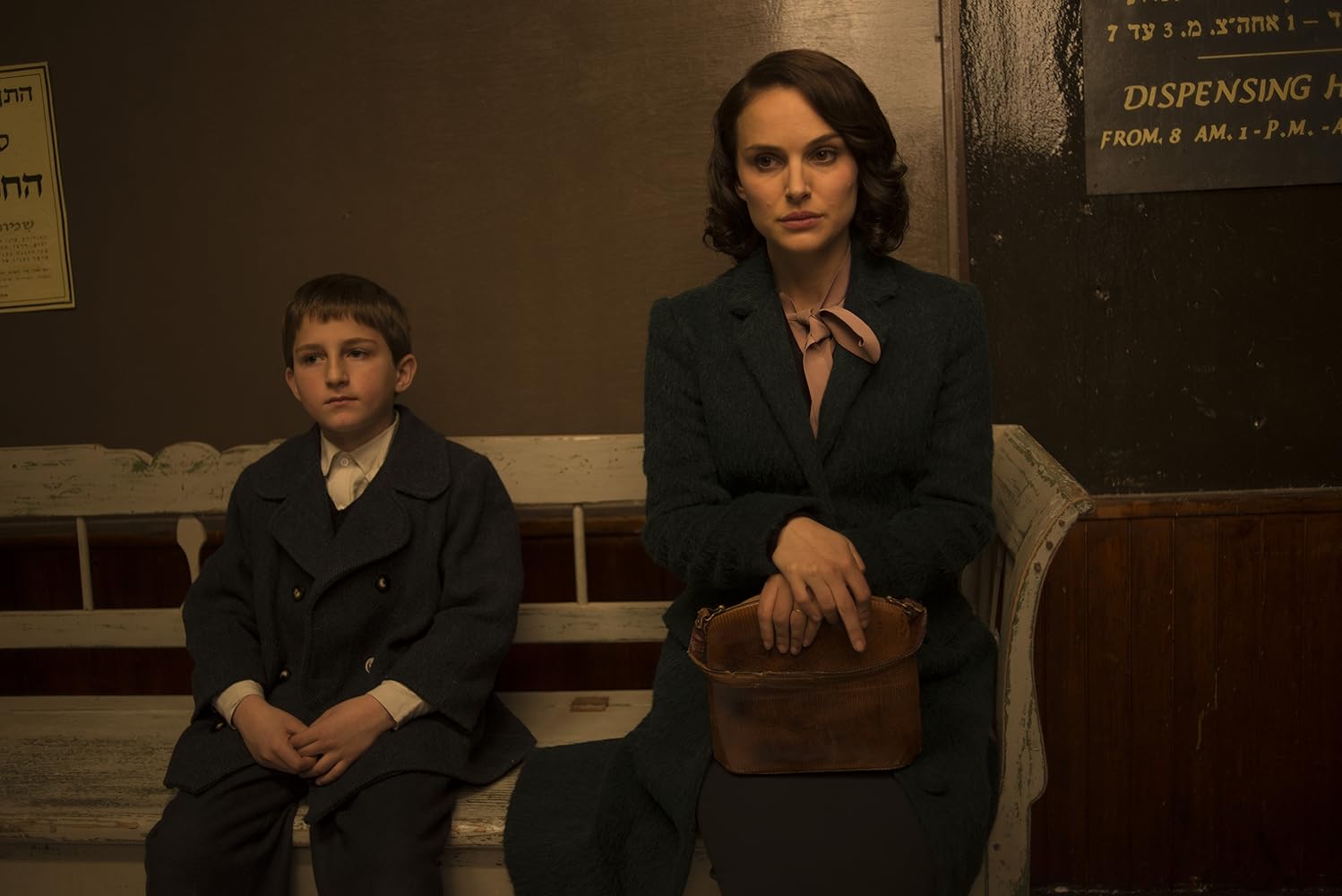
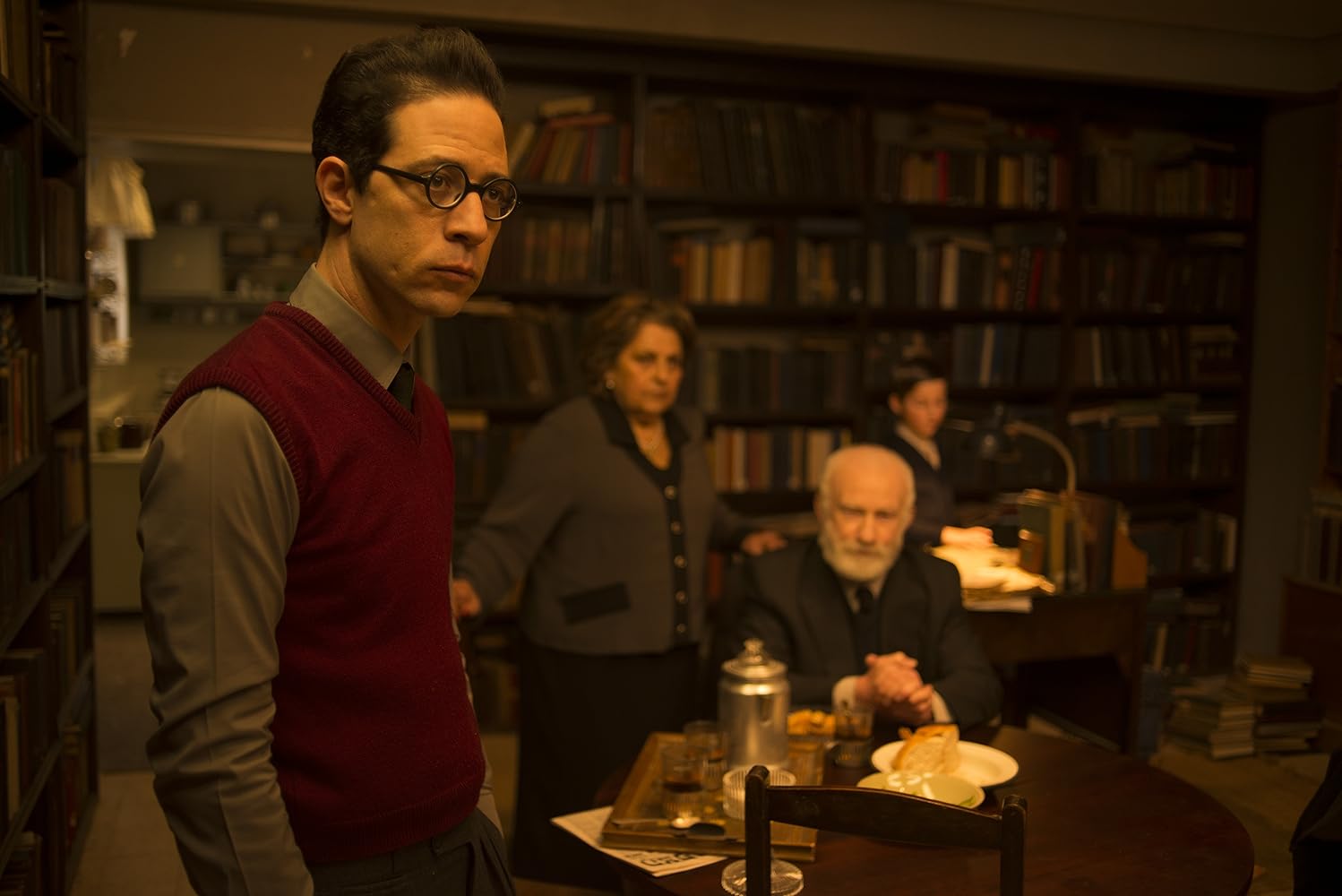

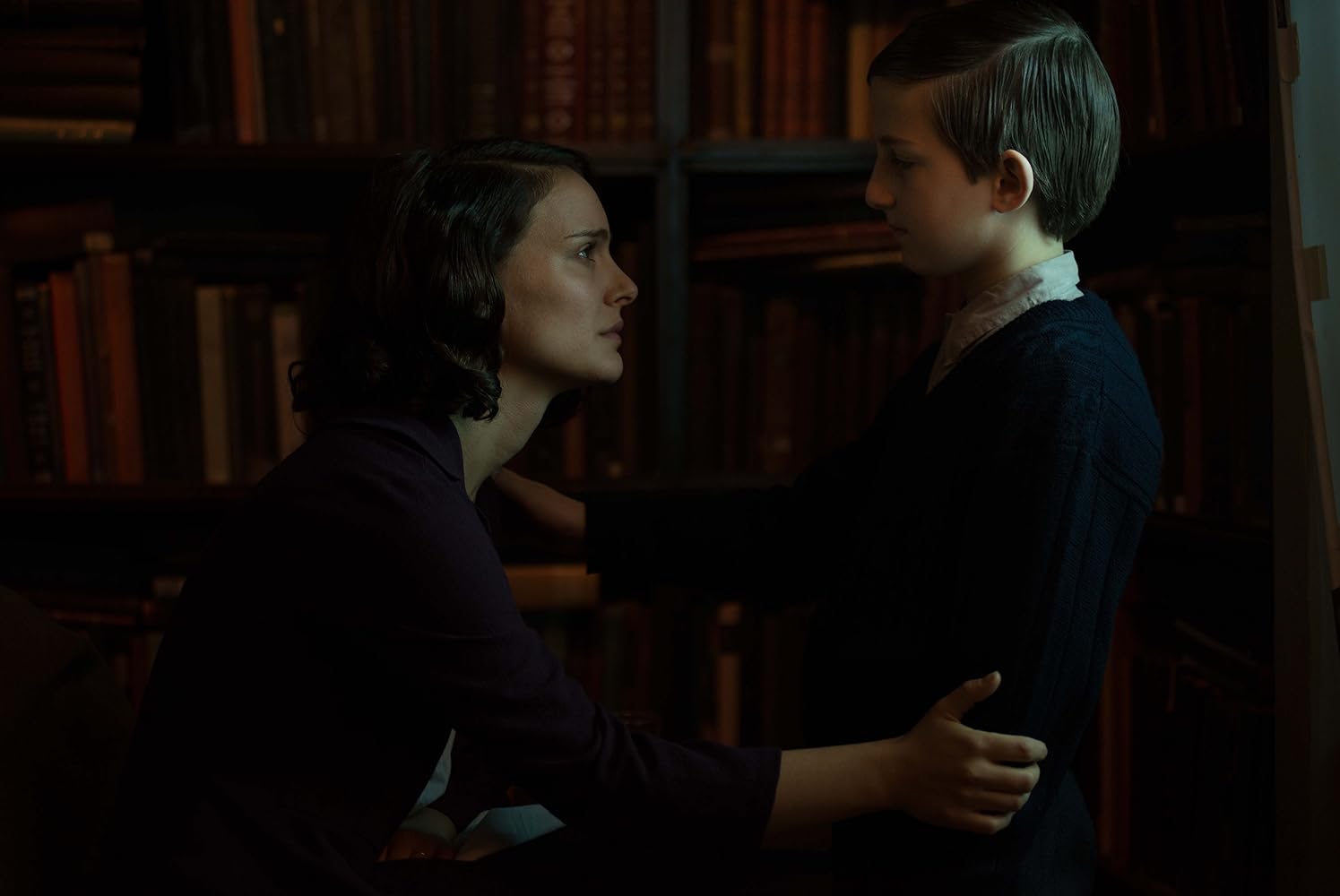






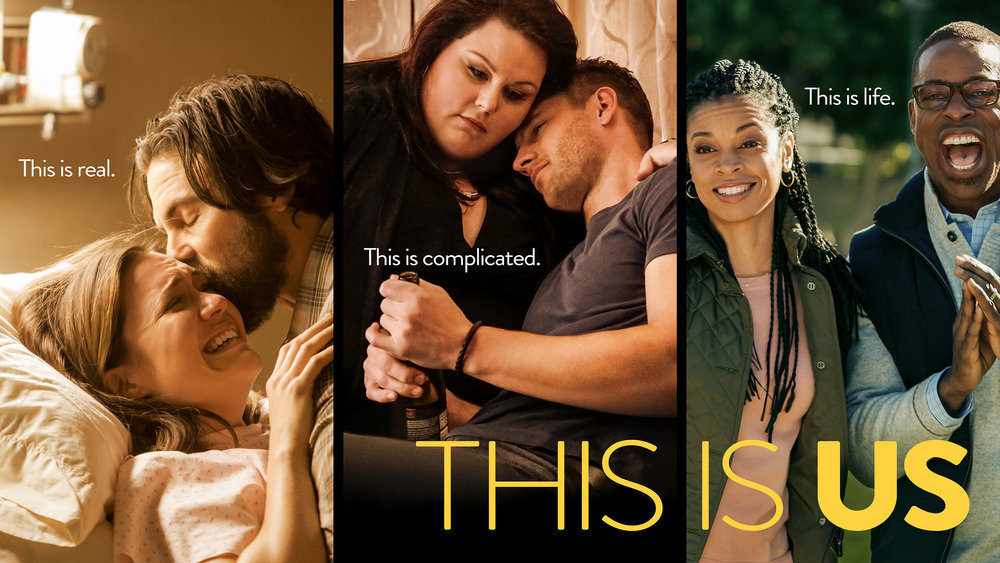

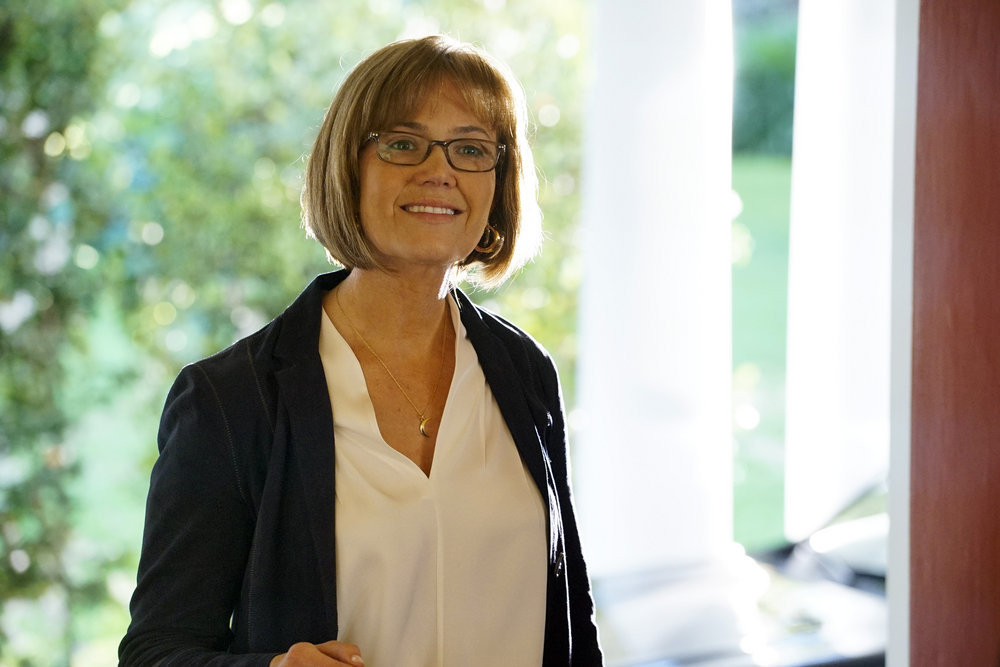


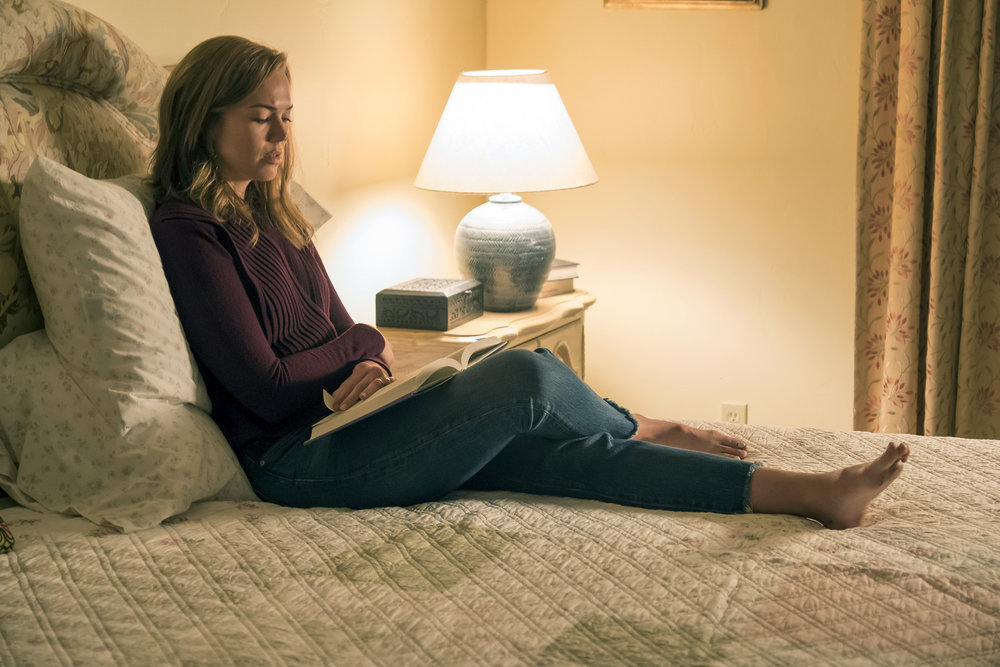









Comments
Post a Comment